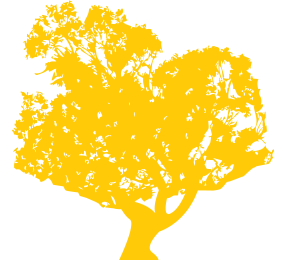Privacy Policy for TPZ App
Effective Date: Jan 24, 2025
Bowden Tree Consultancy (“we,” “our,” or “us”) is committed to protecting your privacy. This Privacy Policy outlines how we collect, use, and safeguard your information when you use the TPZ App. By using the app, you agree to the terms of this Privacy Policy.
1. Information We Collect
1.1 Data You Provide
The TPZ App is designed to calculate tree protection zone (TPZ) radii based on the input you provide, such as:
- Stem Diameter or
- Circumference Measurement.
This information is processed locally on your device and is not collected, stored, or transmitted to any external servers.
1.2 Automatically Collected Data
The TPZ App does not automatically collect any data about you or your device. No usage statistics, error logs, or diagnostic information are transmitted to us or any third party.
2. How We Use Your Information
We do not store or use any personal or input data you provide in the TPZ App. All calculations are performed locally on your device for your convenience, with no external communication involved.
3. Third-Party Services
The TPZ App does not integrate with any third-party services, analytics tools, or advertising platforms. This ensures that your usage of the app remains private and free of any data sharing or tracking.
4. Data Security
Although we do not collect or process your data, we take the security of the TPZ App seriously. We ensure that:
- The app functions locally on your device, avoiding the need for any data storage.
- No internet connection is required for the app to work, further reducing potential vulnerabilities.
We regularly review and update the app to maintain compatibility with the latest security standards.
5. Children’s Privacy
The TPZ App is not directed toward children under the age of 13, and we do not knowingly collect any personal information from users. If you believe a child has provided information through the app, please contact us, and we will take appropriate action.
6. Changes to This Privacy Policy
We may update this Privacy Policy from time to time to reflect updates in legal requirements, the app’s features, or our business practices. When we make significant changes, we will:
- Update the “Effective Date” at the top of this Privacy Policy.
- Notify users through app updates or other appropriate channels.
We encourage you to review this Privacy Policy periodically to stay informed about how we protect your privacy.
7. Your Rights
Since we do not collect or store data, there is no personal information for you to access, modify, or delete. If you have any concerns about privacy or data protection, please contact us using the information below.
8. Contact Us
If you have any questions, concerns, or feedback about this Privacy Policy or the TPZ App, please feel free to reach out to us:
Bowden Tree Consultancy
email: grow@arboristonline.store
We are committed to addressing your inquiries promptly and professionally.
9. Legal Compliance
We comply with applicable privacy laws, including (where relevant):
- General Data Protection Regulation (GDPR): We do not process or store any personal data from users in the European Economic Area (EEA).
- California Consumer Privacy Act (CCPA): As we do not collect or store data, users have no personal information to request, access, or delete.
If additional compliance requirements arise, we will update our policies accordingly.
By using the TPZ App, you acknowledge that you have read and understood this Privacy Policy. Thank you for trusting Bowden Tree Consultancy.


